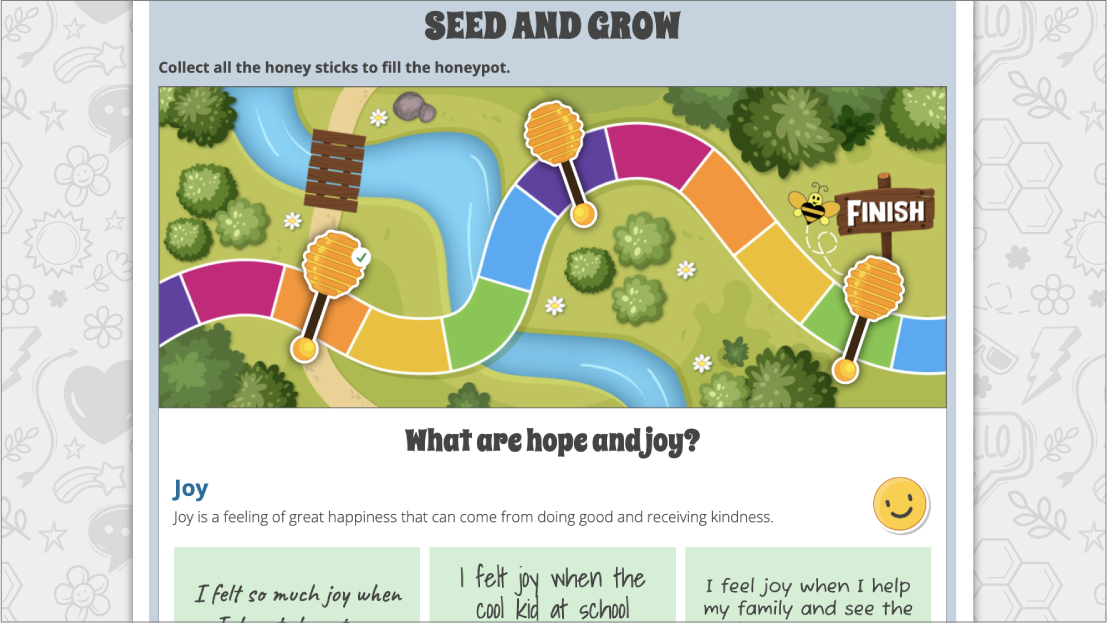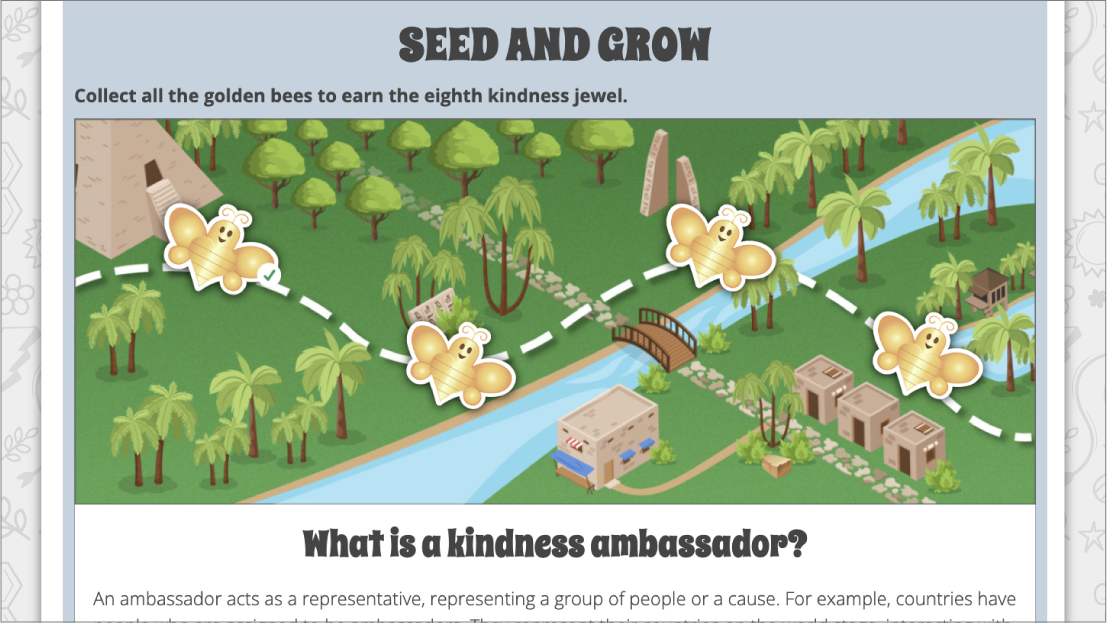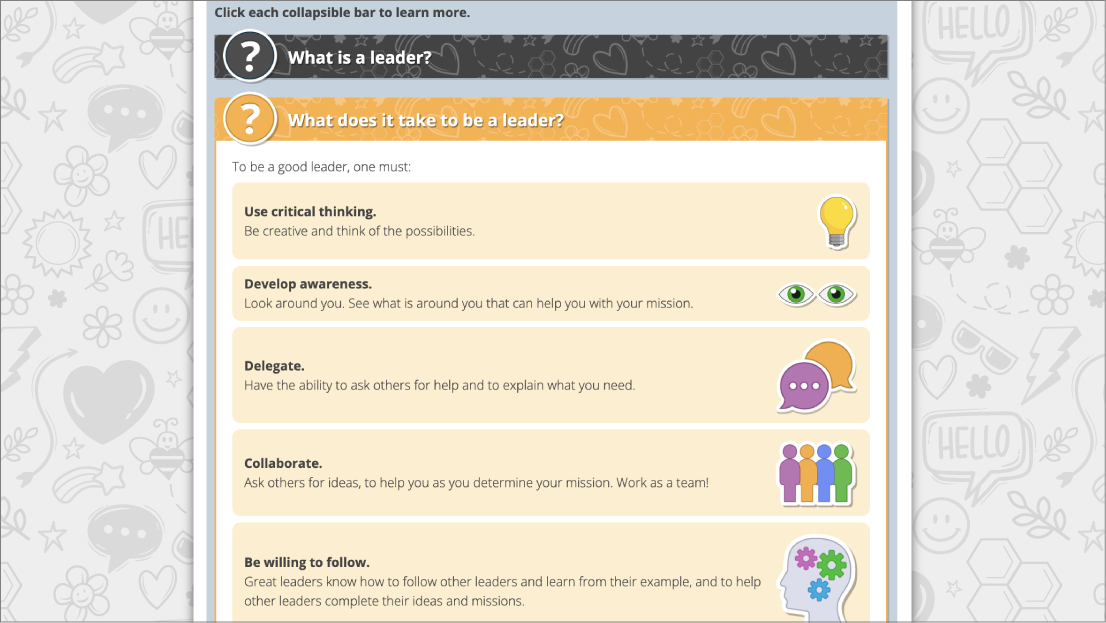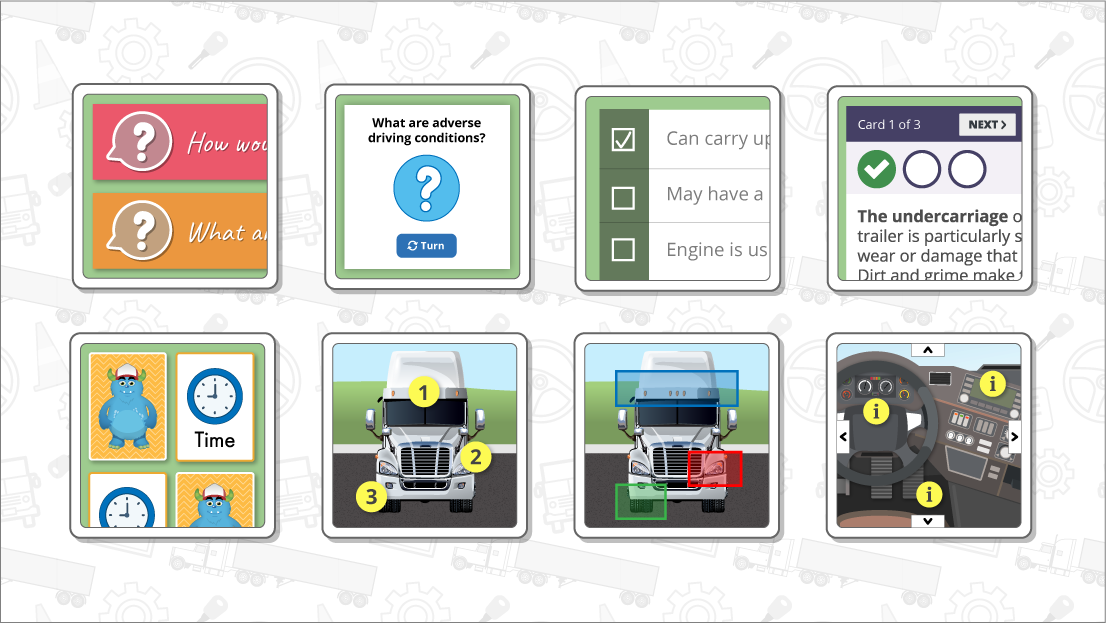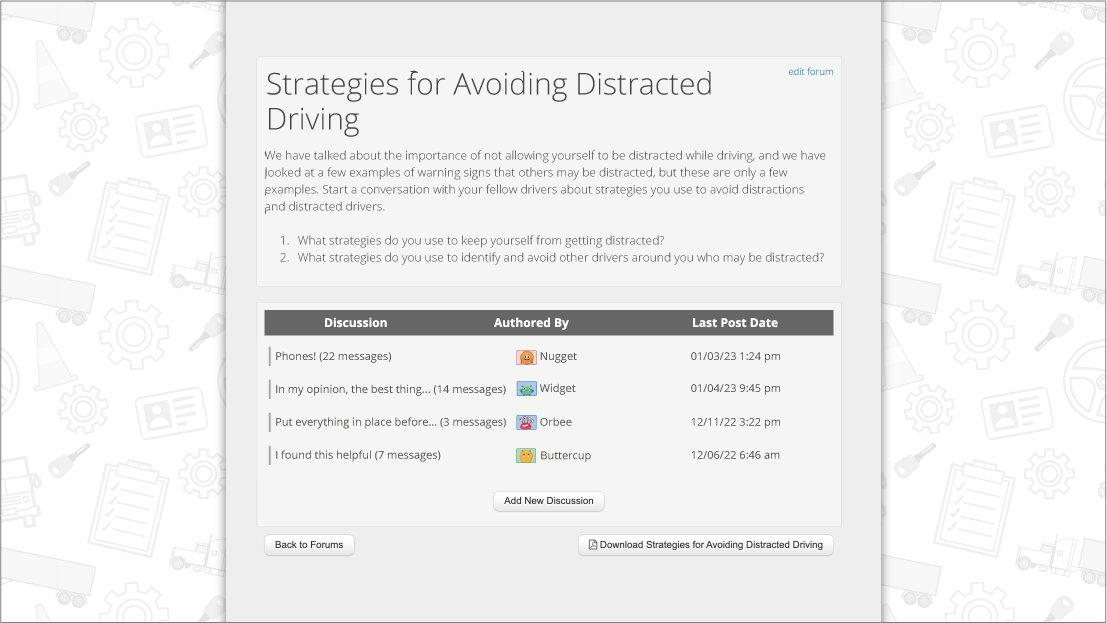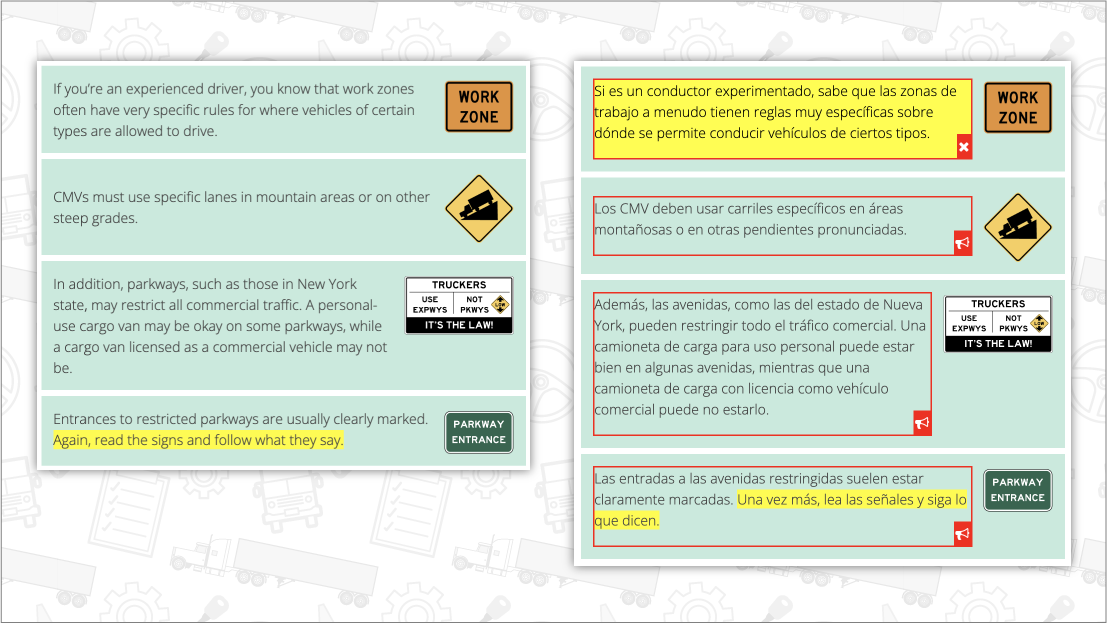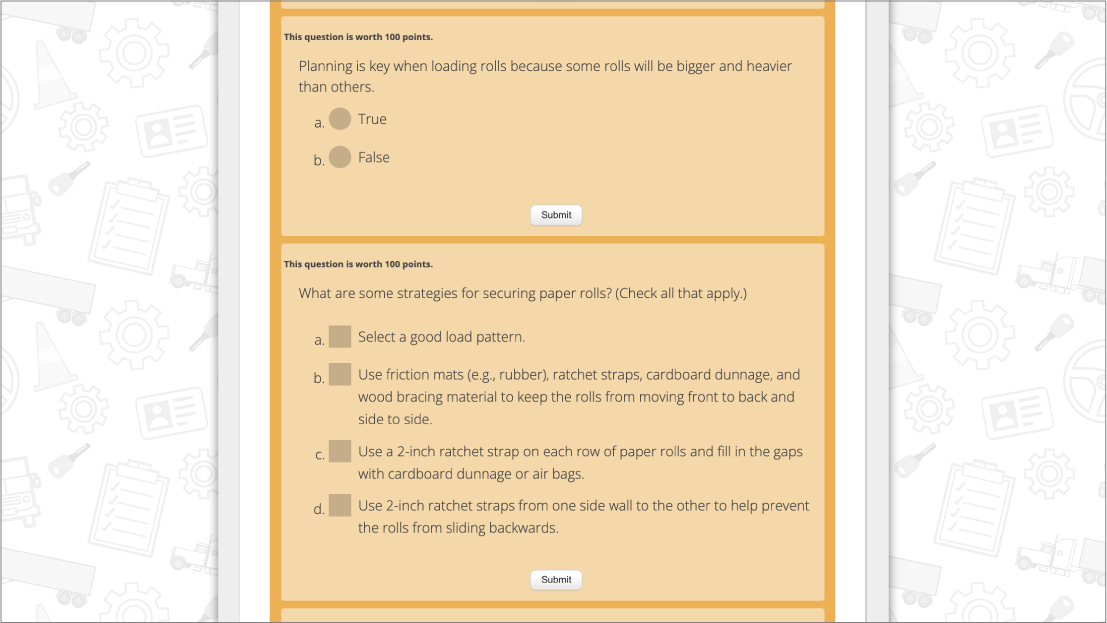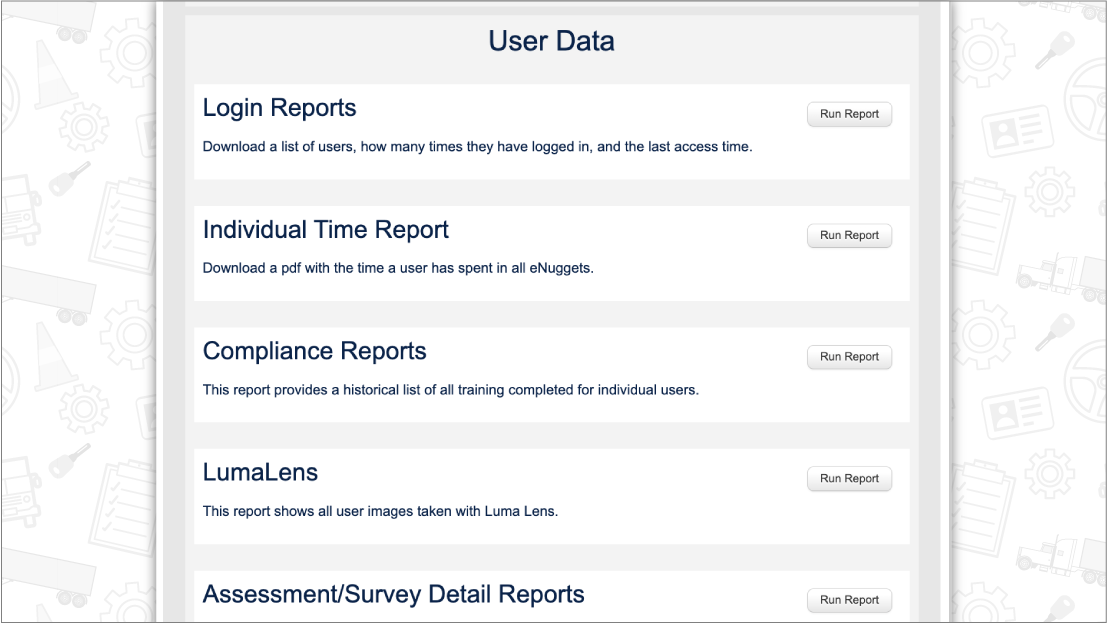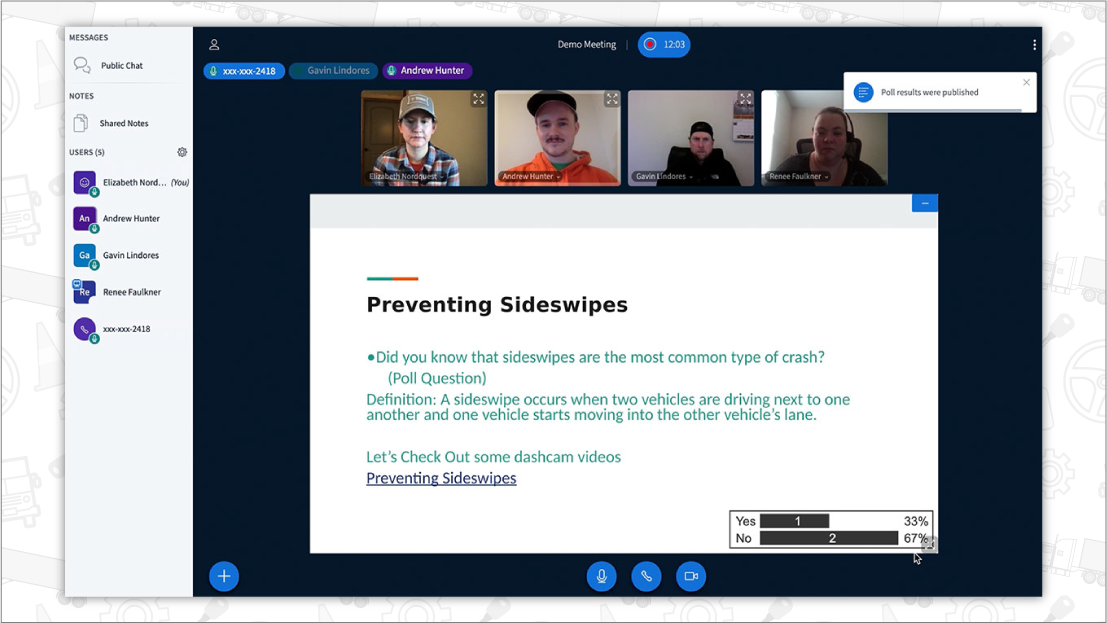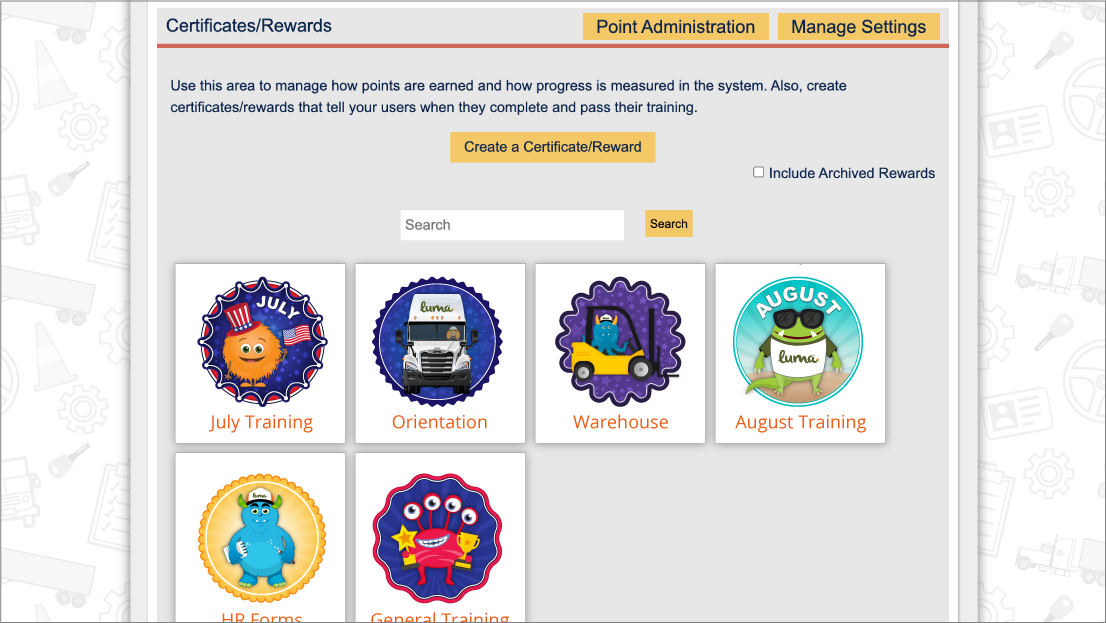![]()
Creating Positive Thoughts
Sometimes when things are not going well it is difficult to feel uplifted. It is hard to see friends, family, and co-workers express negative thoughts or wallow in sadness and anger. Negativity is typically driven by fear and doubt, which produces stress. This Learning Lesson’s goal is to help others develop more positive thinking patterns.
 Have your heard? Our Learning Lessons have been collected into a book available for purchase on Amazon.com! Teaching Without A Teaching Degree: Luma Learning Lessons contains 52 lesson plans and worksheets with 106 different teaching strategies designed for the trucking industry that can easily be adapted to suit any age and content topic.
Have your heard? Our Learning Lessons have been collected into a book available for purchase on Amazon.com! Teaching Without A Teaching Degree: Luma Learning Lessons contains 52 lesson plans and worksheets with 106 different teaching strategies designed for the trucking industry that can easily be adapted to suit any age and content topic.Our free Luma Learning Lessons include objectives, estimated time, materials and instructional procedures for classroom and online/blended teaching. We will provide strategies on how to use our new LumaLive technology to collaborate virtually in real-time. We include these pillars from our learning research to illustrate where they are infused in our lessons.
Interaction Types
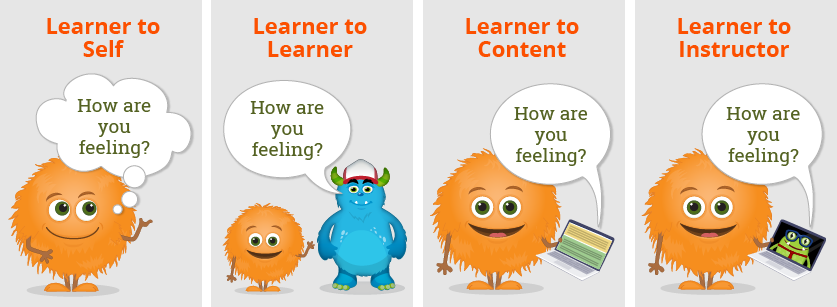
For decades there has been discussions of interaction types in education. (Anderson, 2003) Most interaction types observed in driver training traditionally are learner to instructor or learner to content. Moreover, most interaction time with driver training and orientation is synchronous or at the same time. This Learning Strategy is going to help you think about ways you can hold training without a physical classroom.
Interaction Time
The following Lesson is broken down into two different interaction times.
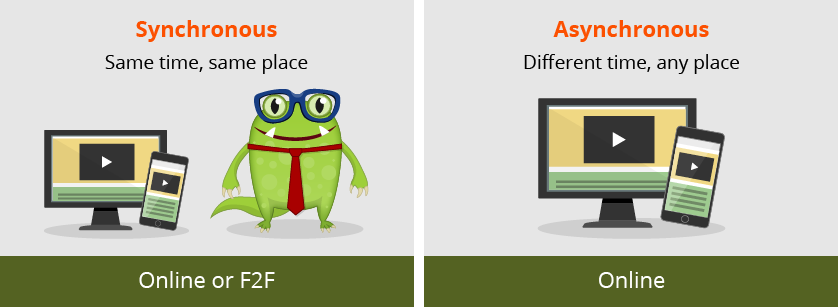
Objectives
|
||
Estimated Time60 minutes |
||
Materials
|
(or at the same time without a classroom)
- Meet in a webinar technology, like LumaLive.

 Ask learners to refer to the Positive Affirmation Worksheet.
Ask learners to refer to the Positive Affirmation Worksheet.
 Have them write down 5 true statements about themselves. Give them time to write their thoughts in the worksheet.
Have them write down 5 true statements about themselves. Give them time to write their thoughts in the worksheet. Explain the importance of positive affirmations. Affirmations are short, positive, and present tense. Provide examples:
Explain the importance of positive affirmations. Affirmations are short, positive, and present tense. Provide examples:
- I am a good listener.
- I am a good friend.
- I am a safe driver.
- I am a good husband/wife.

 Ask everyone to review their list and adjust any to make them positive affirmations.
Ask everyone to review their list and adjust any to make them positive affirmations.
 Go around and have them state outloud their positive affirmations.
Go around and have them state outloud their positive affirmations. Explain to them that positive affirmations are true statements about yourself. Explain that the goal is to build on the list overtime.
Explain to them that positive affirmations are true statements about yourself. Explain that the goal is to build on the list overtime.
 Give them time to edit their original list or create a new list. Explain repeating the list daily can help reinforce positivity in their life.
Give them time to edit their original list or create a new list. Explain repeating the list daily can help reinforce positivity in their life.- Ask the class through an online poll how many of them feel “present” with their friends, family, co-workers 100% of the time.


 Give them a challenge of creating UPlifting ways to move throughout the day that will help them stay engaged and positive. In groups, challenge them to finish the worksheet. Create a list of 10 examples. You can show them the example to give them ideas.
Give them a challenge of creating UPlifting ways to move throughout the day that will help them stay engaged and positive. In groups, challenge them to finish the worksheet. Create a list of 10 examples. You can show them the example to give them ideas.

 Review their examples to finish up the class. Explain these two exercises are ways to create positive thoughts. To share more ideas, send out eNugget® on Creating Positive Thoughts after class.
Review their examples to finish up the class. Explain these two exercises are ways to create positive thoughts. To share more ideas, send out eNugget® on Creating Positive Thoughts after class.
(or not at the same time)

 Send out eNugget® on Creating Positive Thoughts after class.
Send out eNugget® on Creating Positive Thoughts after class.


 Post in a discussion board: Share 5 examples of positive affirmations about YOU. Optional: Post them around the office.
Post in a discussion board: Share 5 examples of positive affirmations about YOU. Optional: Post them around the office.

 Another option is to create group discussion boards. For each group, they can create a list of 10 Uplifting examples to go throughout their day. Optional: Post them around the office.
Another option is to create group discussion boards. For each group, they can create a list of 10 Uplifting examples to go throughout their day. Optional: Post them around the office.
Reference:
Anderson, T. (2003). Modes of interaction in distance education: Recent developments and research questions. Handbook of distance education, 129-144.

 Luma® is a learning and instructional design company that is always coming out with new training topics. Need something specific? Give us a call at (574) 807-8148 ext 5 or email
Luma® is a learning and instructional design company that is always coming out with new training topics. Need something specific? Give us a call at (574) 807-8148 ext 5 or email 

